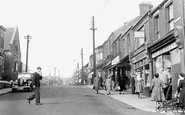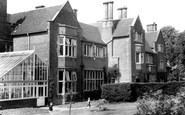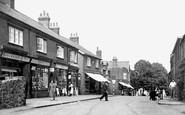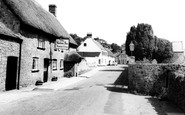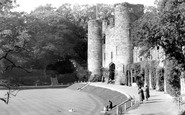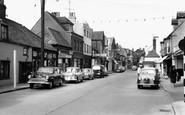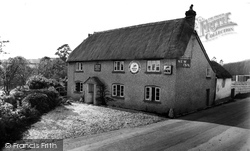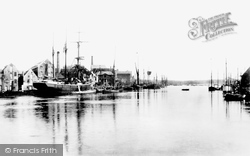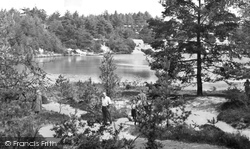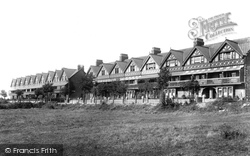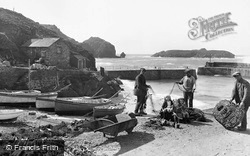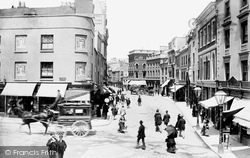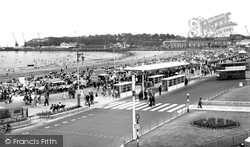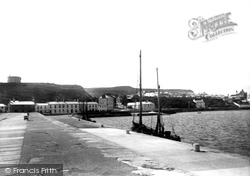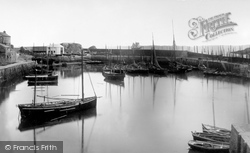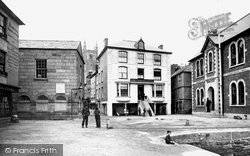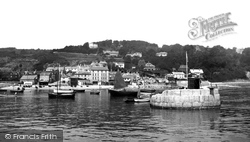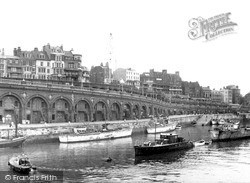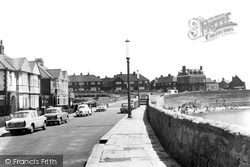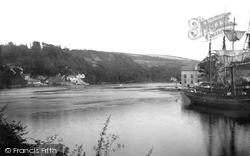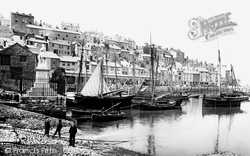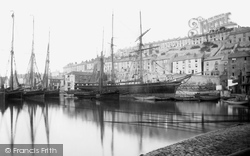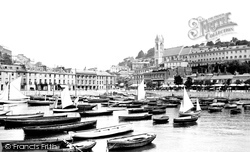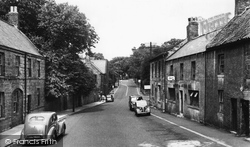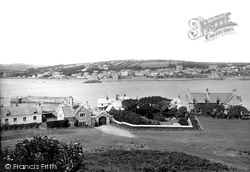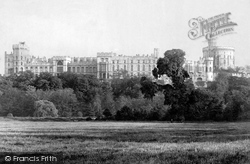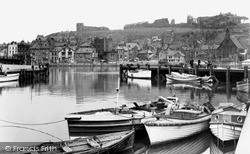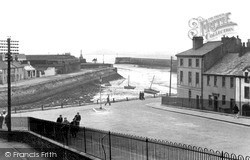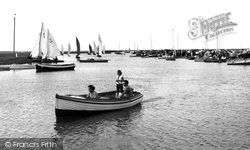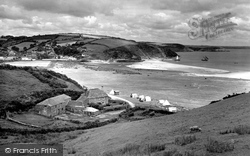Places
1 places found.
Did you mean: arthur ?
Those places high-lighted have photos. All locations may have maps, books and memories.
Photos
4 photos found. Showing results 101 to 4.
Maps
71 maps found.
Books
1 books found. Showing results 121 to 1.
Memories
96 memories found. Showing results 51 to 60.
So Many Memories
The night club under the Post Office was the Fouix Boo.. not sure if that's how it was spelt. Just up from there was a cafe called the Harbour Lights and a toy shop further up. I'm trying to find the name of the milk bar that was ...Read more
A memory of Streatham by
Rouths/Sharps
my mothers father was william routh sharp who worked for many years in easington colliery as horsekeeper and lived in 11th st. his mother was sarah jane routh, easington and father william james sharp.william routh sharp ...Read more
A memory of Easington Colliery by
I Was Here From 1957 1970
I had good and bad memories of the hall. I don't remember Brendan. The house was demolished around 1965/6 and the ground it stood on was sold and a school was built. I remember helping the gardener take geranium ...Read more
A memory of Glenfield by
Woodgate
I too was brought up in Rothley. I lived at 72, Woodgate. At the time it was the local telephone exchange, operated manually, my mother being the night operator. I remember George Hunt well, along with the Elkingtons, I used to get my ...Read more
A memory of Rothley in 1951 by
Yank Worked At Harbour Inn 1965
As an 18 year old boy from Atlanta, Georgia (USA), I worked at the Harbour Inn during the summer of 1965. That's among my fondest memories, and one of the most enjoyable times in my life. I have fond memories of ...Read more
A memory of Axmouth in 1965 by
Dysart Old Toll House And Harbour
I have many great memories of Dysart with my Gran Jane (Jean Allan and John (Big Jock) Allan. Last address together was 13 The Braes Dysart. On the hill on the road to Meickles Coalmine. We used to collect coal on ...Read more
A memory of Dysart in 1950 by
The Castle Lawn
I have a clearer copy of this photo in the book on Sevenoaks and Tonbridge and have studied it with a magnifying glass. I was one year old in 1951 (and according to my parents, already walking at 9 months). The posture of the ...Read more
A memory of Tonbridge by
Whitby Harbour And Captain Cooks Museum
I remember going to Captain Cooks Museum that year. I don't quite remember the walk up the hill. We went through the quaint little museum. Its at that point, I guess when my father and mother lingered to see ...Read more
A memory of Whitby in 1973 by
Mitchelmores Gardens Duddleston Road Black Lion Lane
I have noticed one or two comments with regard to 'Mitchelmores Gardens' in Duddleston Road/Black Lion Lane. I think that the writers are perhaps a little confused. Mr Mitchelmore was an ...Read more
A memory of Little Sutton by
Whitstable Harbour Street
My grandparents had a shop in Harbour Street, I am looking for a picture with their name above the shop.... C.A LIGGINS I would love a picture to give to my mother as it holds very precious memories for her. Thankyou
A memory of Whitstable in 1955
Captions
211 captions found. Showing results 121 to 144.
The River Piddle winds beneath the chalk downlands of Dorset, giving its name to several villages along the way before reaching the sea at Poole Harbour.
The town of Poole grew up around the older quays of the great harbour; during these times it was purely functional, catering for mercantile activities, shipping and pottery manufactured from the
Centuries ago, an arm of the sea came up to Wareham from what is now Poole Harbour.
The nearness of Barry Station and the view from the balconies over the Old Harbour were the main selling points for prospective purchasers.
Small inshore fishing boats are drawn up at the back of the harbour, where two jetties were built in the 1890s to provide shelter and encourage this local industry.
The older anchorages of Sutton Harbour and Stonehouse, with the greater expanse of the Hamoaze and Plymouth Sound beyond, created a perfect naval base long before the new town of Devonport was founded.
Here we see the southern end of the sands on a very crowded day in the 1950s, with the cranes of the harbour and Nothe Fort in the distance.
It is difficult to believe that less than twenty years later, the harbour was the scene of nationalist gun-running.
Boats can still operate in and out of this harbour when weather conditions close those that face the prevailing south-westerlies.
Fowey, the 'Troy Town' popularised by the Victorian writer Quiller Couch, is blessed with a spacious natural harbour, and was once one of the foremost seaports of Britain.
This is the inner pool of the Cobb Harbour; we are looking north-westwards to High Cliff, prominent on the wooded hilltop (left).
number of maritime business premises to Military Road, which has been widened considerably; and this post-war photograph also shows a number of ex- Naval converted motor boats moored in the harbour
The large building on the right is the Harbour of Refuge - a splendid name for a seaside public house! Children play on the beach below the sea wall.
The estuary provides a sheltered natural harbour, and in the past schooners such as the one here were a common sight.
Its natural harbour, sheltered by the limestone cliffs, made it ideal for settlement. The Saxons were here, and Celtic and Roman remains have been found nearby.
Iron Age dwellers built a fortification on Berry Head, and Celtic inhabitants would have collected salt and fish where the harbour now stands.
St John's Church, situated dramatically above Torquay harbour, was built in limestone excavated from its own site by G E Street in 1861.
After the harbour had become unusable, a number of warehouses and granaries were redeveloped. The Marine House Hotel was built as a granary and later converted into a vicarage.
This unusual view shows the Mount's estate houses and a harbour wall, with Marazion stretched out along the coast and Trencrom Hill rising behind on the extreme left.
Swords and armour bedeck the walls.
This view of the Upper Harbour in the ancient port of Whitby situated where the River Esk runs into the North Sea has hardly changed since the 1950s.
Low tide in the harbour, which was another of the creations of Colonel Senhouse in the mid 18th century.
Its capacious natural harbour, protected from the sea by the long spit of sand, Blakeney Point, attracted coastal trading vessels until the early years of this century.
Pentewan village is on the far side of the beach, and two sailing boats set off from the harbour pier.
Places (1)
Photos (4)
Memories (96)
Books (1)
Maps (71)

